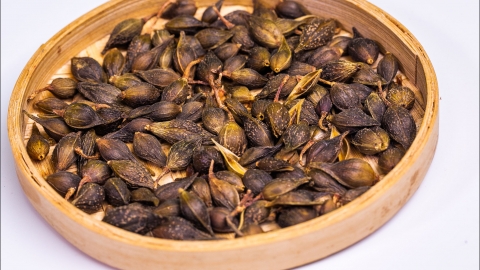What is Forsythia used for?
Generally, in traditional Chinese medicine theory, Forsythia (Lianqiao) can be used to treat abscesses, ulcers, scrofula with phlegm nodules, wind-heat common cold, initial stages of warm diseases, and painful urinary difficulties due to heat. Detailed explanations are as follows:
1. Abscesses and Ulcers
Abscesses and ulcers are often caused by the accumulation of heat toxins in the skin, leading to localized redness, swelling, heat, pain, and pus formation. Forsythia has a bitter taste and slightly cold nature, which can clear heat toxins, reduce swelling, and dissipate nodules. By eliminating internal heat toxins, it helps reduce local swelling, promote wound healing, and is commonly used in treating such conditions.
2. Scrofula with Phlegm Nodules
Scrofula with phlegm nodules often results from the intermingling of heat toxins and phlegm-dampness, causing nodules to form in areas such as the neck and armpits. Forsythia can clear heat toxins, soften hardness, and disperse nodules, helping to resolve heat toxins and phlegm-dampness, reduce nodule swelling, and alleviate local discomfort, making it a commonly used herb for treating such conditions.

3. Wind-Heat Common Cold
Wind-heat common cold is caused by wind-heat pathogens invading the body, leading to symptoms such as fever, slight aversion to cold, sore throat, and cough. Forsythia can disperse wind-heat and clear heat toxins, helping to expel surface wind-heat pathogens, eliminate heat toxins in the throat, and alleviate symptoms associated with the common cold.
4. Initial Stages of Warm Diseases
In the early stages of warm diseases, warm-heat pathogens invade the body, often causing symptoms such as fever, thirst, irritability, red tongue with yellow coating. Forsythia excels at clearing heat toxins and promoting heat dissipation, guiding internal heat pathogens outward to prevent further progression of the disease, making it suitable for use in the early stages of warm diseases.
5. Painful Urinary Difficulties Due to Heat
Painful urinary difficulties due to heat are often caused by damp-heat descending to the bladder, leading to frequent urination, burning pain during urination, and incomplete emptying. Forsythia enters the small intestine meridian and can clear heat toxins, promote diuresis, and relieve painful urination, helping to eliminate damp-heat from the bladder, improve abnormal urination, and alleviate discomfort from painful urination.
In addition, when using Forsythia, proper syndrome differentiation is necessary. Those with spleen and stomach deficiency-cold should use it cautiously to avoid damaging the yang energy of the spleen and stomach, which may cause gastrointestinal discomfort. Also, it should not be excessively combined with warming and heat-natured herbs to prevent affecting its efficacy or causing bodily imbalances.





